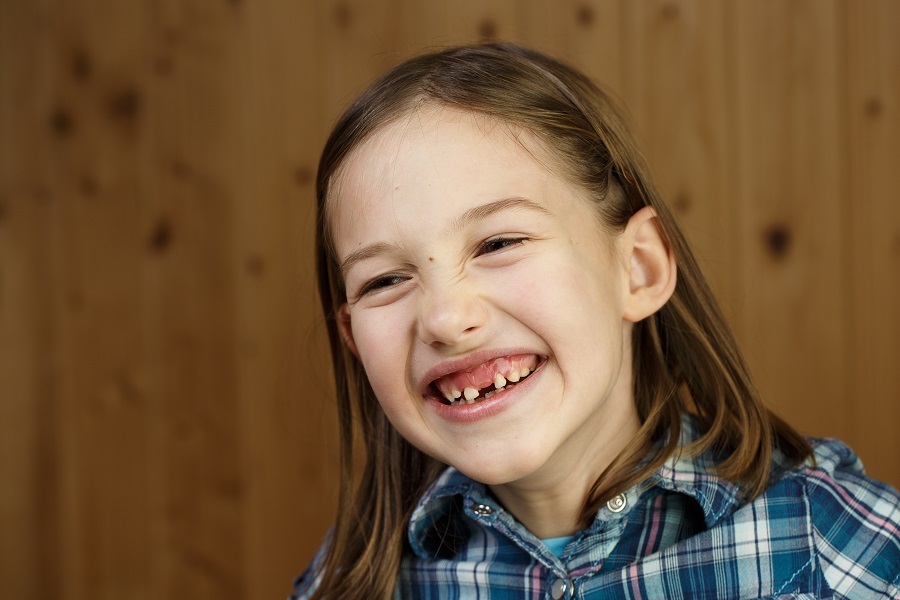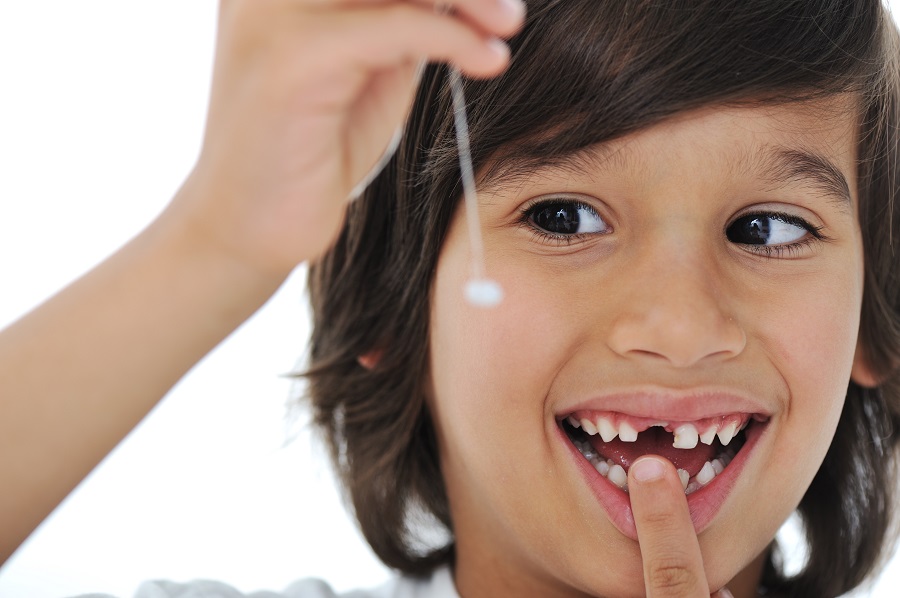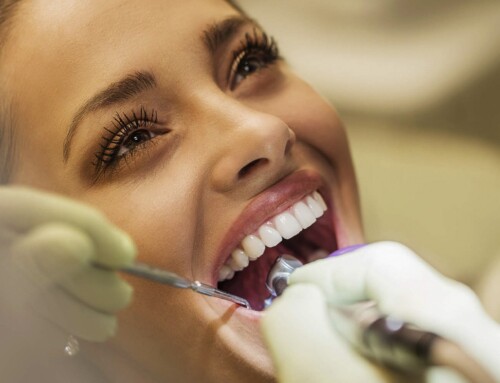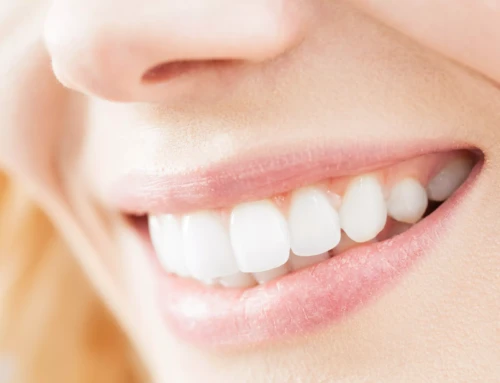When a child loses their first baby tooth, they may be a bit startled, or even afraid. A part of their body is falling out! However, as you know, this is a completely normal and healthy process. Around ages 6 or 7, or even sooner, something very important will happen. Your children will start to lose their baby teeth. So what can you do besides call the tooth fairy? Here are the top dentist-recommended tips for how to handle this special time in a child’s life.
Pulling Teeth
It’s important to note that you shouldn’t pull baby teeth before they’re ready to fall out on their own (unless recommended by a dentist or orthodontist). The body will naturally eliminate baby teeth to make way for larger permanent teeth to come in. Pulling them can irritate sensitive nerves and prolong the time between tooth loss and adult tooth development. That means no pulling the tooth out with a string tied to a doorknob, car, or passenger jet. Let the teeth fall out on their own.
Baby teeth usually fall out in the order that they came in. The front teeth are usually the first to go. The others will follow in a natural order.
Introduce the Tooth Fairy
The myth of the tooth fairy is a great way to gear kids up for losing their first baby teeth. Kids may be confused or afraid when their teeth feel loose, or if they’re eating and a tooth falls out. A child may bleed from their gums where the tooth previously was. Ask your child to swish water around in their mouth, then spit. Then, they should bite down gently on a piece of gauze or a small towel. The bleeding should stop in about five minutes. They may be afraid of the blood, but bleeding is natural and part of the process.
That’s when you brighten your child’s mood with the story of the tooth fairy. Make sure to let them know that losing a tooth won’t cause pain, and that a new, adult tooth will grow in its place. If your child already knows about the tooth fairy, warn them not to rush her visit. If they have a loose tooth, they can wiggle the tooth, but not pull it.

Introduce the Dentist
This process can be a bit tougher. Kids are, of course, far more likely to welcome a mysterious winged fairy bearing gifts and money to their room than a human healthcare professional to look at their teeth. The fact that many adults are still afraid of the scary dentist doesn’t help, either. However, dental care is extremely important to children–and adults, too (you aren’t off the hook yet)! A dentist can determine if a child’s teeth are falling out and growing in naturally, and at the appropriate age. If a child starts to lose baby teeth before age 4, or still has baby teeth past age 7, they should see a dentist to determine what could be wrong.
A dentist can also explain to your child how to care for their teeth. Once permanent teeth grow in, these teeth can’t be replaced naturally and shouldn’t fall out. If permanent teeth are lost, a dental implant is a good treatment.
Watch for a Permanent Tooth Coming in Before the First One is Gone
Once in a while, a new, permanent tooth will come in before the baby tooth it is designed to replace has come out. This happens when the new, developing tooth fails to break down the root of the tooth it is replacing. This situation requires the intervention of a dentist. If left untreated, having two teeth in the same place could cause gum and spacing (orthodontic) problems for the child.
If you need a dentist in Aliso Viejo for your child or the whole family, visit Turner Dental Care. We offer comfortable and caring dental services so good that you’ll leave our office with a smile!
Dr. Turner has helped countless patients get the healthy, beautiful smile they desired. Excellent clinical work and unrivaled personal attention make Turner Dental Care the premier Cosmetic Dental Office in Aliso Viejo. Call Jenny now for a complimentary consultation at (949) 770-3294 or contact us online.






